In recent years, the demand for organic products has soared, with consumers becoming increasingly conscious about their health and the impact of their choices on the environment. This trend has extended to the world of pasta, where organic options are gaining popularity. In this article, we will compare organic and non-organic pasta, examining their differences in terms of health benefits and sustainability considerations. 1. Health Benefits: Organic pasta is made from organically grown wheat, typically free from synthetic pesticides, fertilizers, and genetically modified organisms (GMOs). This means that it retains its natural nutritional value, with higher levels of vitamins, minerals, and antioxidants.
.
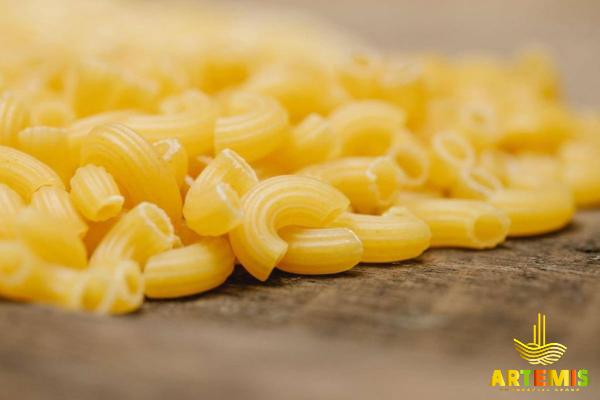 Non-organic pasta, on the other hand, may contain residues of pesticides used in conventional farming methods. 2. Environmental Impact: The production of organic pasta is environmentally friendly and sustainable. Organic farmers prioritize soil health, biodiversity, and the preservation of natural resources. They refrain from using harmful chemicals and adopt practices that help enhance and protect the ecosystem. In contrast, non-organic pasta relies heavily on synthetic fertilizers, pesticides, and irrigation methods that can have adverse effects on the environment, including soil contamination, water pollution, and the destruction of beneficial insects.
Non-organic pasta, on the other hand, may contain residues of pesticides used in conventional farming methods. 2. Environmental Impact: The production of organic pasta is environmentally friendly and sustainable. Organic farmers prioritize soil health, biodiversity, and the preservation of natural resources. They refrain from using harmful chemicals and adopt practices that help enhance and protect the ecosystem. In contrast, non-organic pasta relies heavily on synthetic fertilizers, pesticides, and irrigation methods that can have adverse effects on the environment, including soil contamination, water pollution, and the destruction of beneficial insects.
..
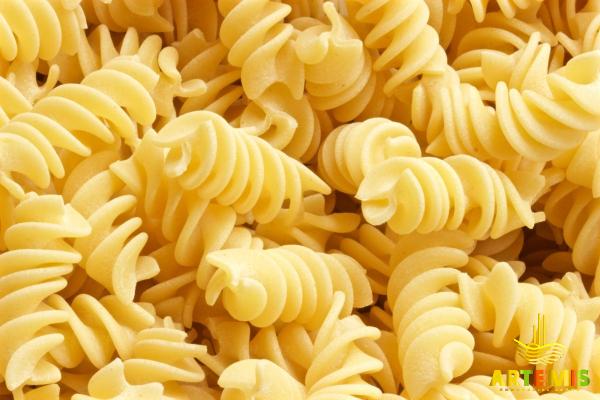 3. Taste and Quality: Organic pasta often stands out for its superior taste, texture, and overall quality. It is commonly perceived to have a richer and nuttier flavor, thanks to the careful cultivation and healthier soil conditions in organic farming practices. Non-organic pasta, although it may be mass-produced with high-tech machinery, may lack the same level of flavor and authenticity. 4. Cost Considerations: One significant disadvantage associated with organic pasta is its higher cost compared to non-organic alternatives. The use of organic farming practices and the absence of synthetic pesticides result in a higher production cost. This cost is then passed onto consumers, making organic pasta more expensive. However, it is essential to weigh this against the potential long-term health benefits and environmental impact.
3. Taste and Quality: Organic pasta often stands out for its superior taste, texture, and overall quality. It is commonly perceived to have a richer and nuttier flavor, thanks to the careful cultivation and healthier soil conditions in organic farming practices. Non-organic pasta, although it may be mass-produced with high-tech machinery, may lack the same level of flavor and authenticity. 4. Cost Considerations: One significant disadvantage associated with organic pasta is its higher cost compared to non-organic alternatives. The use of organic farming practices and the absence of synthetic pesticides result in a higher production cost. This cost is then passed onto consumers, making organic pasta more expensive. However, it is essential to weigh this against the potential long-term health benefits and environmental impact.
…
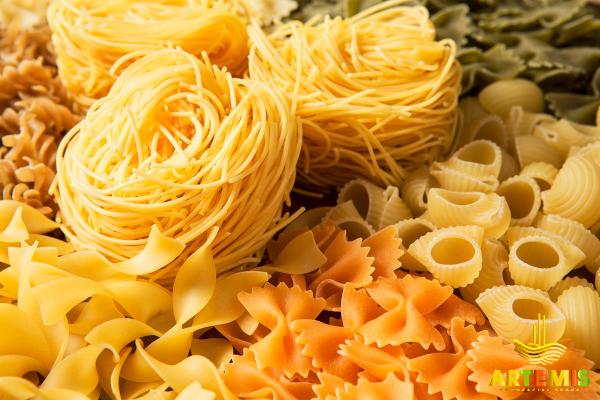 5. Consumer Preference: With consumers becoming increasingly health-conscious and environmentally aware, the demand for organic products, including pasta, continues to grow. People are starting to prioritize quality over quantity, opting for products that align with their values. This shift in consumer behavior suggests that the organic pasta market will continue to thrive. Conclusion: It is clear that organic pasta offers significant health benefits, as well as positive environmental impacts, while non-organic pasta may contain harmful substances and contribute to environmental degradation. While the higher cost of organic pasta may be a deterrent for some consumers, the long-term advantages for both personal well-being and the planet cannot be overlooked. Making an informed decision based on individual priorities and values is crucial when considering the choice between organic and non-organic pasta.
5. Consumer Preference: With consumers becoming increasingly health-conscious and environmentally aware, the demand for organic products, including pasta, continues to grow. People are starting to prioritize quality over quantity, opting for products that align with their values. This shift in consumer behavior suggests that the organic pasta market will continue to thrive. Conclusion: It is clear that organic pasta offers significant health benefits, as well as positive environmental impacts, while non-organic pasta may contain harmful substances and contribute to environmental degradation. While the higher cost of organic pasta may be a deterrent for some consumers, the long-term advantages for both personal well-being and the planet cannot be overlooked. Making an informed decision based on individual priorities and values is crucial when considering the choice between organic and non-organic pasta.





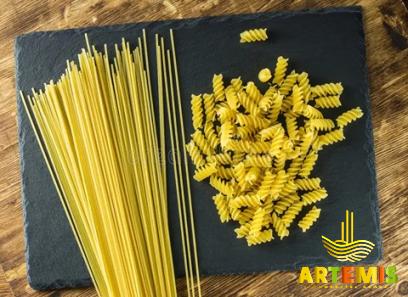


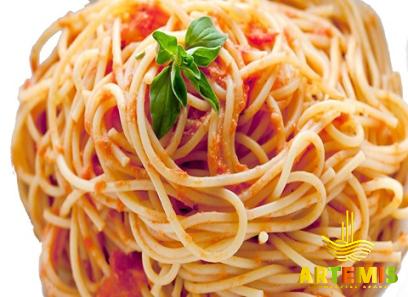

Your comment submitted.